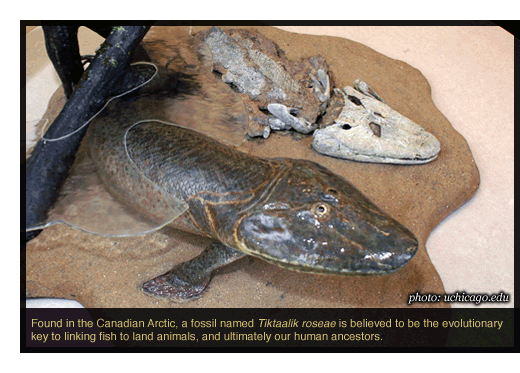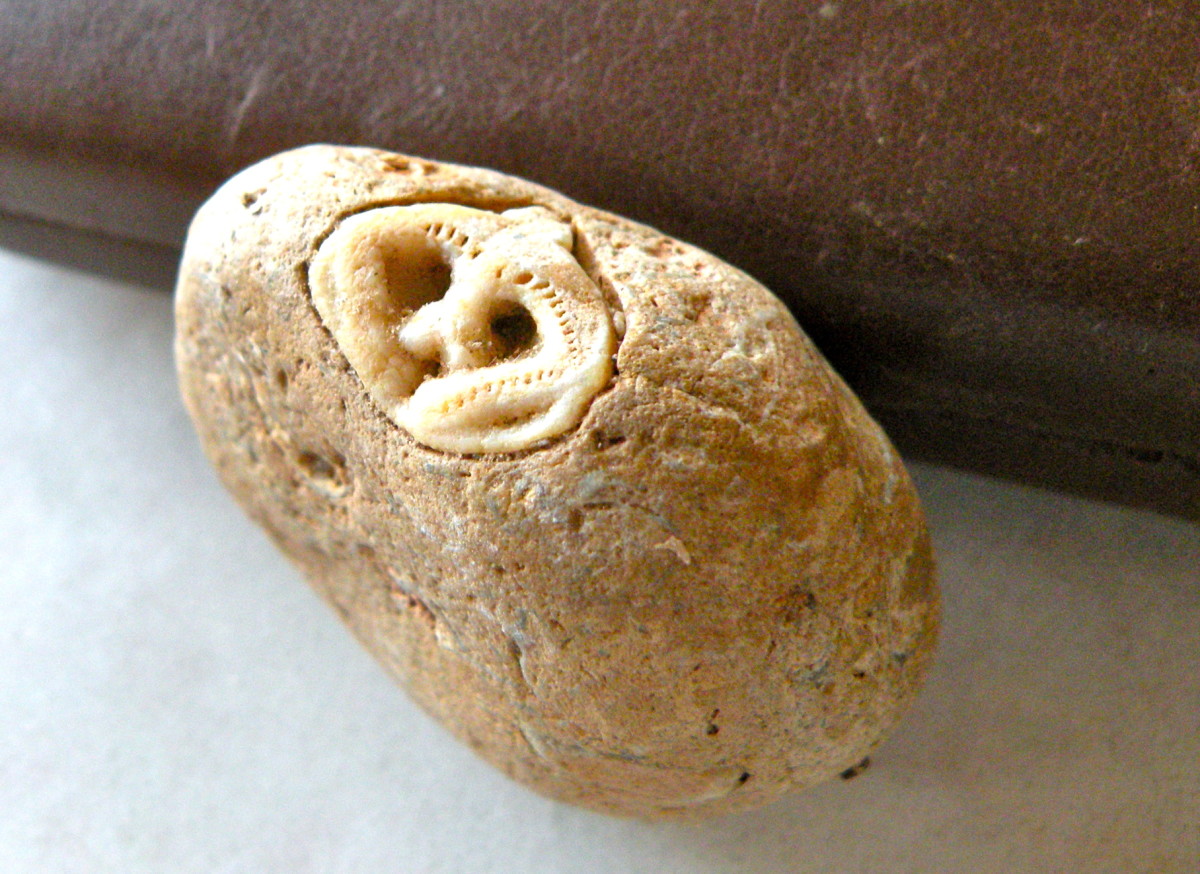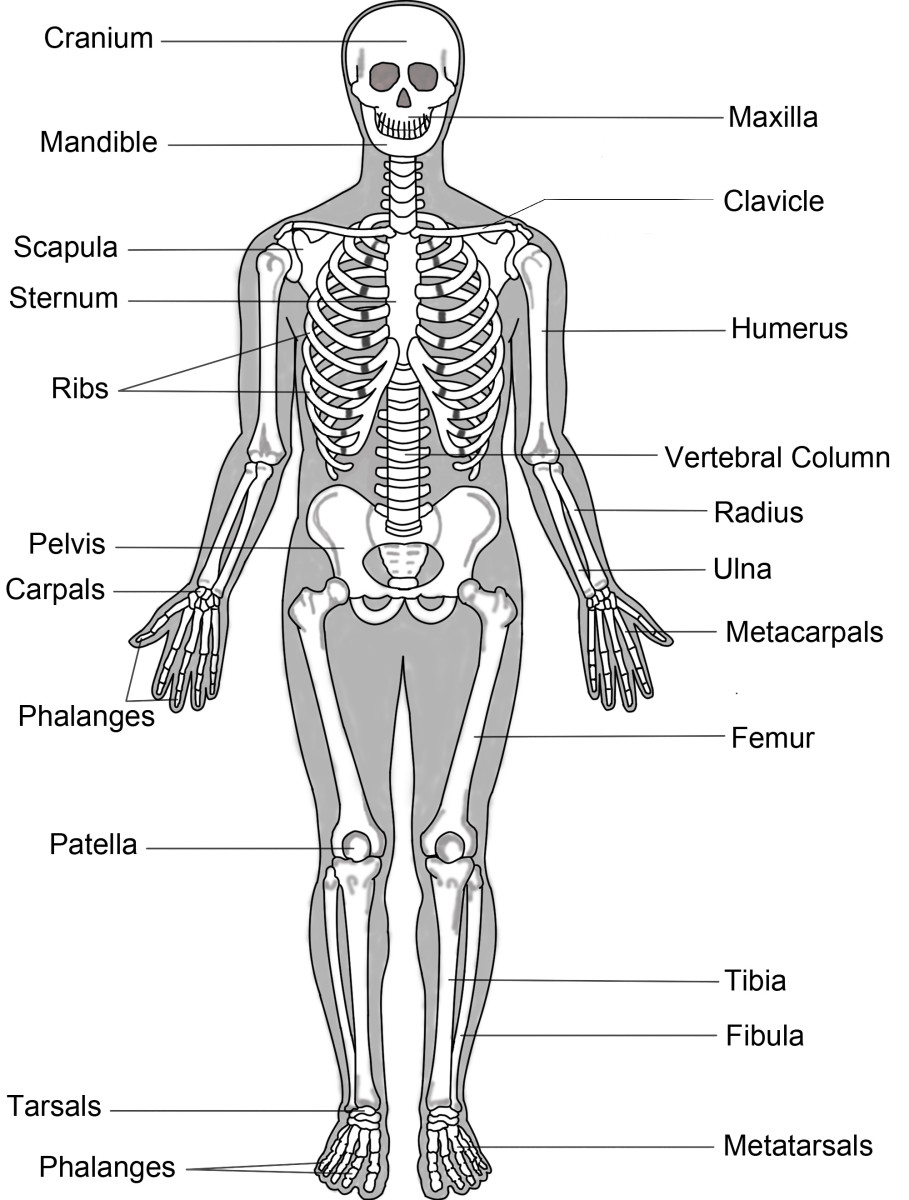Our Inner Fish a Fossil From Our Past

Our inner fish--a fossil from our past
Neil Shubin, a paleontologist at the University of Chicago, discovered a fish fossil that is believed to be a missing piece in our evolution. They named the fish Tiktaalik, an indigenous name for ‘big fish’.
Shubin tells the story in his book Finding Your Inner Fish. This is not only the tale of a great discovery, but also the story of the persistence of the scientists behind that discovery.
Before Shubin’s report, scientists believed that terrestrial animals descended from a fish or another aquatic creature that had developed limbs and crawled onto the land. But what was the creature? Where was it? They didn’t know. They were missing a fundamental piece.
Shubin and his team were searching for the link that helped them to determine whether the limbs of vertebrates developed inside the water or on the land. Shubin suspected a transient phase in the evolution of vertebrates but he has yet to probe it. He began his quest for an animal able to live in the interface of land and water. He called it our inner fish because it was also a missing piece in the human evolution. It would tell how the structures we now know as legs and arms first developed.
When Shubin was a young faculty member at the University of Pennsylvania, he looked for new approaches to solve this mystery. He looked for places in the world with sedimentary rocks of the right size. These rocks needed to be at the surface and located in accessible sites. These criteria, greatly decreased the number of potential field sites his team could explore.
Shubin looked at the map of Pennsylvania and found Devonian rocks, about 365 m years old. “Imagine that site as today’s Amazonian region” he says.
His team first set up field sites near road construction projects in Pennsylvania. They found animals 60 feet long. Those were fish with flat heads and eyes on top, he says. These early- limbed animals also had arms and necks. But these animals had already been found in Iceland, Shubin says.
The Pennsylvania rocks were too young, Shubin says. Shubin needed rocks 10 million years older than those found in Pennsylvania and Iceland. Those old rocks would allow him and his team to learn how animals developed.
The right rocks were found in the Canadian Artic. The Canadians had already mapped the site, Shubin says. But, it took Shubin and his team more than a year to be able to visit the site.
The area was accessible only by airplane. Because of that, they faced many challenges. For example, they faced a short summer season in the artic and scarcity of provisions. This meant limited researchers, equipment, and supplies to survive the extreme conditions.
The first visit in 2000 did not produce anything new. But in 2001, an undergraduate assistant found the first clue. The grey color in the rocks indicated fish accumulation. They returned in 2002 to identify the sediment layers. Again they did not find anything new. But they persisted as Shubin said, “we knew we were getting closer”.
In 2004 the team found four flat-headed fish, the kind of fish they were looking for. One fish was 9 feet long. According to Shubin, it could take 5 years to completely uncover a fossil of that size.
After five months of tenacious work, they uncovered enough of the creature. Shubin described it as “a low fin fish, with scales, neck, lungs and gills. A fish with limbs, wrist joints, and elbow joints but no fingers.”
“These fish had the ability to live in shallow water and mud—the interface between water and land” he says. Shubin and his team had unveiled a missing link, a piece of our own evolutionary history.
- Neil Shubin
University of Chicago Department of Organismal Biology and Anatomy - The Hairy Museum of Natural History
A Fish between worlds - Fish out of water: Your inner Fish_Book Review
Richard Dawkins official site - Man evolution
© 2008 MSantana





